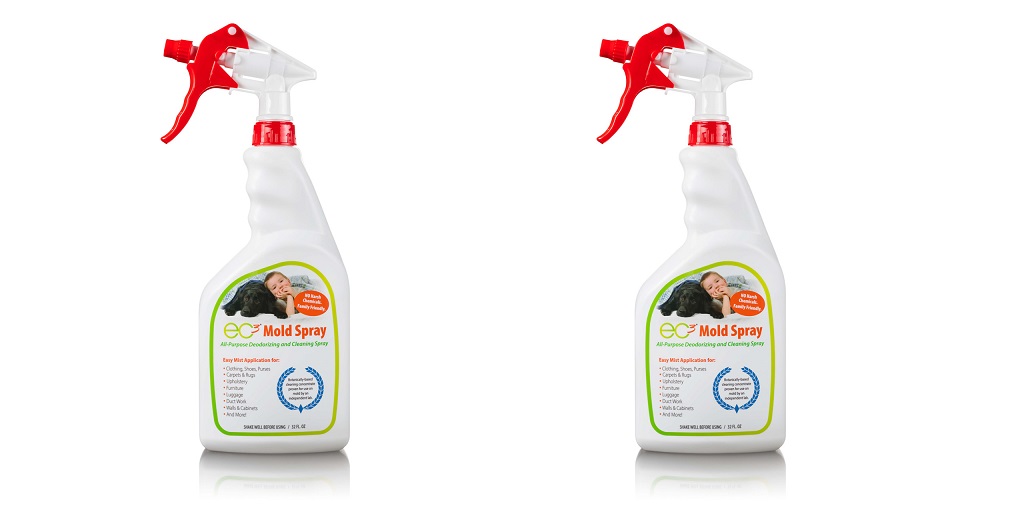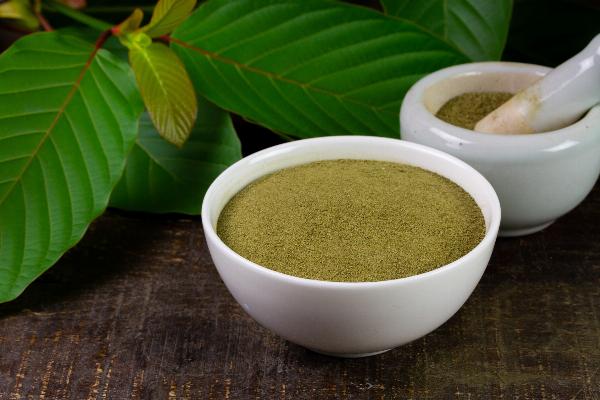Introduction: If you've ever noticed fuzzy patches in the corners of your kitchen or a musty smell that just won't go away, you've likely encountered mold. While it may be an unwelcome sight, mold can pose serious risks to your health and damage your home if left unchecked. In this article, we'll explore why mold loves your kitchen, where it hides, how to get rid of it effectively, and how to prevent it from coming back.
Why Does Mold Love Your Kitchen? The kitchen is a perfect environment for mold to thrive. It's warm, damp, and humid – all conditions that mold needs to grow. Every time you boil water, wash dishes, or store food, you're creating the perfect conditions for mold to grow. Add the occasional food spill or forgotten leftovers, and you have an ideal breeding ground.
Moisture is one of the biggest culprits. Leaky pipes under the sink, condensation on windows, or even a poorly ventilated space can contribute to the problem. Mold spores are also opportunistic – they're everywhere in the air, just waiting to settle on a damp surface.

Common Places Mold Hides in the Kitchen: You might be surprised to learn just how many places mold can hide in your kitchen. The most obvious spots include around your sink and under your cabinets, especially if there's any leaking. However, you shouldn't overlook less obvious areas such as the seals of your refrigerator or the gasket on your dishwasher. These spots are often damp and rarely cleaned, making them prime locations for mold to grow and flourish.

Your pantry isn't safe either. Mold can grow on food, particularly if it's stored improperly or forgotten for too long. For this reason, it's best to keep an eye on produce and grains, as they're especially prone to developing mold in humid conditions.

How to Get Rid of Mold in the Kitchen: Getting rid of mold isn't as simple as wiping it away. It requires a strategic approach to ensure that it doesn't return. Start by addressing the root cause: moisture. Check for leaks under your sink, around your appliances, and in any other hidden corners. Fixing a leaky pipe or resealing windows can make a huge difference!

Once you've tackled the moisture, it's time to clean. Some guides may recommend using DIY solutions that involve vinegar or bleach, but using a specialized mold treatment spray is a far better choice. EC3 Mold Spray from Micro Balance Health Products is a natural botanical-based treatment that is non-toxic and can even be used on surfaces used to prepare food.

If you're looking for something that treats and removes stains in addition to controlling mold, you might want to check out Micro Balance Health Products' EC3 Enzyme Cleaner Concentrate. It's also made out of all-natural ingredients and can be used for general cleaning and stain removal.

Preventing Mold from Coming Back: Keeping your kitchen mold-free is all about maintaining a dry and clean environment. Improving ventilation is an excellent first step: if you don't already have an exhaust fan, consider installing one. Alternatively, you can crack a window open whenever you’re cooking or washing dishes. Regular cleaning is also important. Wipe down surfaces, clean out your fridge

The comprehensive guide on Mold in the Kitchen: Understanding its Causes, Effective Removal Methods and Proactive Prevention Strategies is a must-read for anyone aiming to preserve their kitchen hygiene without compromising health.
Mold in the kitchen: A thorough examination of causes, efficient removal methods and comprehensive prevention strategies for a safe home environment.
What a comprehensive guide 'Mold in the Kitchen: Causes, Removal Methods & Prevention Strategies' is! It effectively addresses concerns of home catchers and ensures better kitchen hygiene for all.
Mold in the Kitchen poses serious hygiene and health risks. Careful reader will gain valuable insights into its causes, effective removal methods as well as strategic prevention steps to keep their cooking space safe.
A comprehensive look at the challenges of mold growth in kitchens, 'Mold In The Kitchen: Causes and Removal Techniques for Restoring a Safe And Healthy Environment' provides practical insights into prevention strategies that every home cook should be aware.
This informative article on 'Mold in the Kitchen: Causes, Removal Techniques and Prevention Strategies' is a comprehensive guide for those looking to eradicate mold growths safely while ensuring future protection with effective prevention measures.
This guide on 'Mold in the Kitchen: Causes, Removal Steps and Effective Prevention Strategies' provides a comprehensive yet concise overview to combat kitchen mold issues effectively.














